from 1 to 10 in Modern English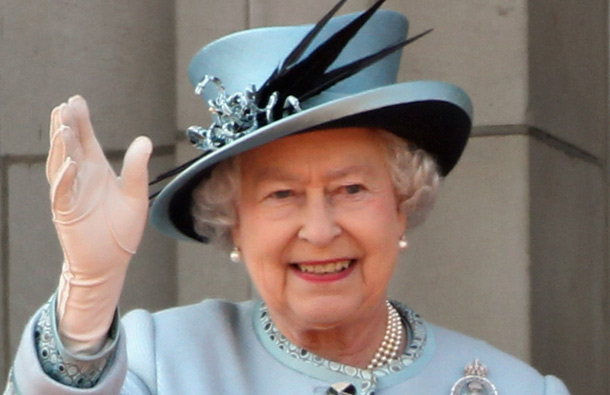 |
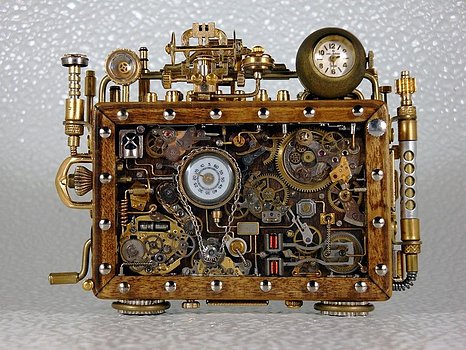 |
from 1 to 10 in Old English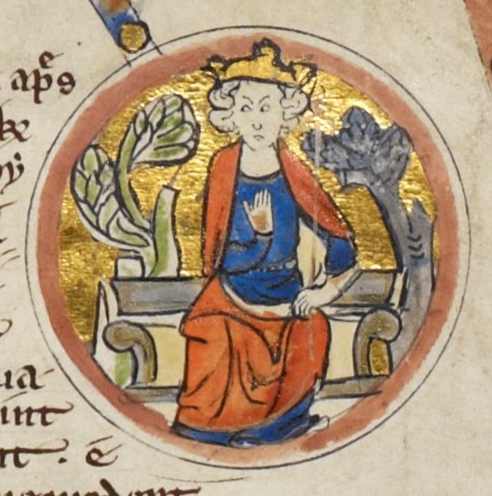 |
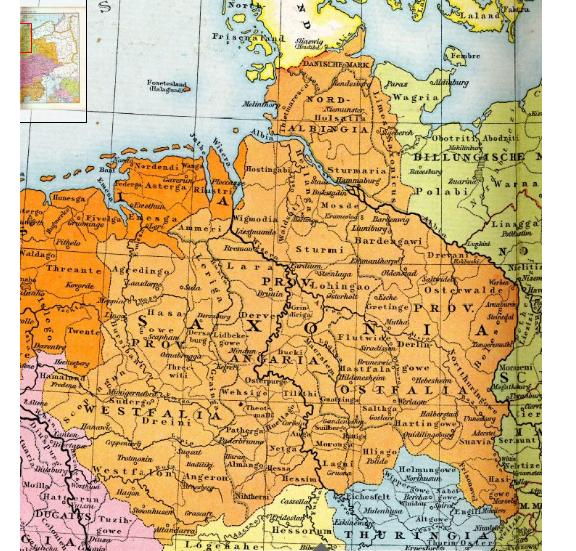 |
| Click on the buttons below to hear how we pronounce each number today. |
Click on the buttons below to hear how each number was spoken
by our Old English ancestors: the Angles and the Saxons. |
Many of these speakers are from Saxony, in Germany — real (modern) Saxons! — or from the Baltic Sea coast, where the Angles originally came from. | |
| 1.
|
used
to be pronounced
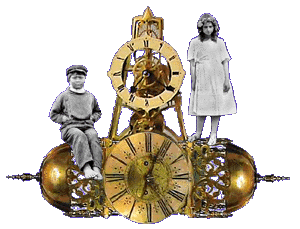  back in time
  back in time
  back in time
  back in time
|
 Frau Take, born in 1918 in Scharrel, Cloppenburg, Lower Saxony. |
A
shortened
form of "ān"
survives today in the modern word "an", and with slightly changed
pronunciation in the modern word "any". |
| 2.
|
 Anonymous speaker of West Frisian, from the area of the Netherlands bordering on Lower Saxony. |
"Twa" also
survives
in Doric Scots. Here's Bob, from Fittie, Aberdeenshire, saying
Another Anglo-Saxon word for two, twēġen (tway-en), survives today in the saying "never the twain shall meet". A shortened form of "twēġen" survives in the first syllable of the number "twenty". |
|
| 3.
|
 Bob, from Fittie, Aberdeenshire, saying "three" in Doric Scots. |
Sorry, we don't have any Anglo-Saxon sound recordings of "þrēo" yet. But here's — the modern Icelandic word for "three" — similar to Old Norse, the language of the Vikings. The "thr" pronunciation in English was influenced by Old Norse. If it hadn't been for the Old Norse influence, the Anglo-Saxon for three would have been more like (a Hessian speaker, born 1875) and the modern English word would be "dree". A shortened form of "þrēo" survives in some people's pronunciation of threepence as "threppence" or "thruppence". |
|
| 4.
|
 Frau Take, born in 1918 in Scharrel, Cloppenburg, Lower Saxony. |
A similar
pronunciation, "fouwer",
survives in Doric Scots. Here's Bob, from Fittie, Aberdeenshire, saying
. Note that our Modern Southern British English speaker doesn't pronounce the final -r, but it is still evident in Scots, American English and various other English dialects. |
|
| 5.
|
 Man born in 1888, in Hankensbüttel, Gifhorn, Lower Saxony.  Man born in 1896, in Melle, Osnabrück Landkreis, Lower Saxony. |
A shortened form of "fīf" survives today in the modern words "fifteen" and "fifty". | |
| 6.
|
 Man born in 1897, in Dill Kreis, Hesse. |
||
| 7.
|
 Woman born in 1893 in Danziger Niederung, East Prussia. |
The
Angles
came to Britain from the Baltic Sea coast of (what is now) Northern
Germany. Danziger Niederung (where this speaker was born) was in the region of Danzig (modern day Gdansk) on the Baltic Sea coast, to the East of the original home of the Angles. After the Second World War, the region was given back to Poland. |
|
| 8.
|
 Frau Drost, born in 1921 in Borkum, in the East Frisian Islands, Lower Saxony. |
"æhta" is the Anglian
spelling. The West Saxon spelling you may find in some books is "eahta". |
|
| 9.
|
 Woman born in 1878 in Immensen, Burgdorf, near Hannover, Lower Saxony. |
The
"ġ" is
pronounced as a "y" in Anglo-Saxon when
it
follows an "i". A soft version of "g" remains in many Low German
dialects, such as
,
spoken by a man born in 1906 in Meschede, North Rhine-Westphalia. |
|
| 10.
|
 Man born in 1888 in Hankensbüttel, Lower Saxony.  Woman born in 1893 in Danziger Niederung, East Prussia. |
An altered form of "tēne" survives today in
the modern "-teen" words "thirteen",
"fourteen", "fifteen", etc. |
 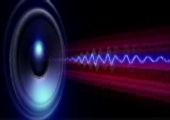 |

| Phonetics
Laboratory |
@sounds_ancient
Sources: Modern English recordings — University of Oxford Phonetics Laboratory collection; recordings from Germany — Institut für Deutsche Sprache, Mannheim; recordings of Frisian twā and Icelandic þrjú — Paul Heggarty (www.languagesandpeoples.com); Doric Scots recordings — BBC Voices, via the Scots corpus; animated "time machine" picture — BC Archives; gramophone picture — YouTube user grafhohenegg (https://www.youtube.com/user/grafhohenegg); steampunk time machine thanks to Dmitriy Khristenko (http://fineartamerica.com/profiles/dmitriy-khristenko.html); audio buttons — adapted from script by John Pybus.